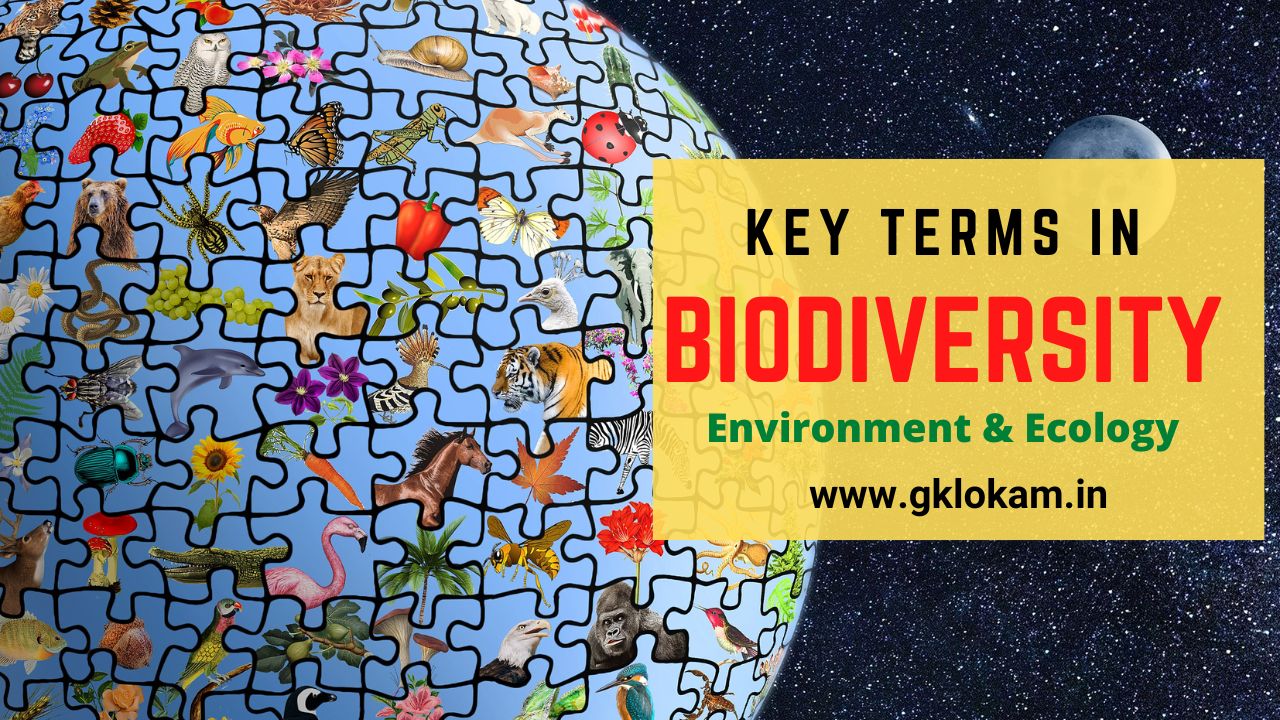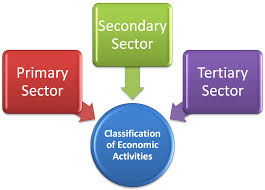16 Mahajanapadas and Capital
Emergence of Kingdoms or Mahajanapadas
• From the sixth century bc, the widespread use of iron in eastern Uttar Pradesh and
Western Bihar facilitated the formation of large territorial states.
• Buddhist texts list the following 16 Mahajanapadas or major-janapadas as having been
in existence in the sixth century bc.























